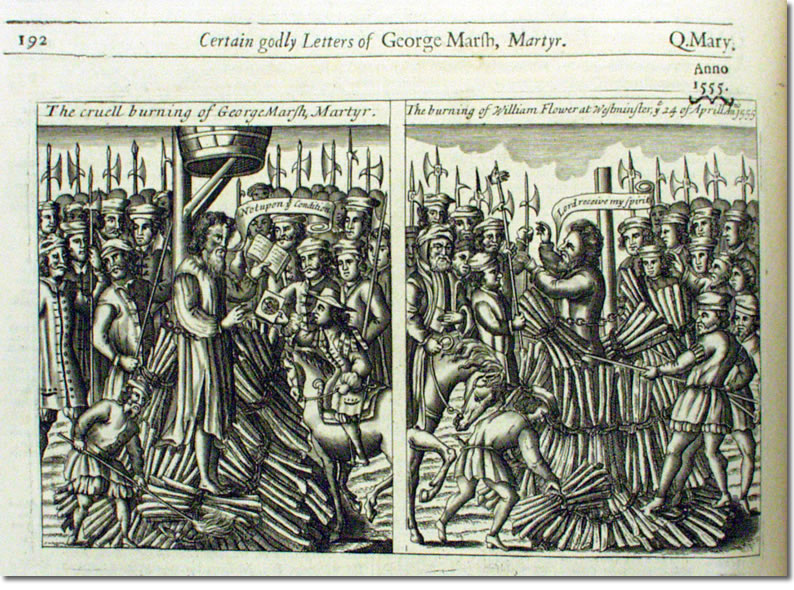
BiasAre you biased? It’s not a trick question. Practically everyone is biased in some way. If you support Newcastle United you are probably biased against Sunderland, if you support Everton you are probably biased against Liverpool. You can show bias when talking about different bands, books, television programmes, politics, even the weather. So what does it mean? Basically, bias means having an unfair or unbalanced opinion. Since history is a subject where people express their opinions it means that we have to be very careful to watch out for bias. Take a look at the document below.  Image from Foxe’s Book of Martyrs (DUL ref: Routh 29 A 14) This is a page taken from a book commonly known as Foxe’s Book of Martyrs. The book tells the story of the persecution of Protestants in England and was first published shortly after Queen Mary’s death. If this was the only source we had and we knew nothing else about that period of history we would end up with a very one-sided view as this book is very anti-Catholic. However, because we have other sources and we know a lot about Tudor history we can recognise that this source is biased. This doesn’t mean that we shouldn’t use this source – just that we should be careful. It is also important to recognise that bias is not found just in secondary sources, primary sources can also be biased. People naturally show their feelings on a subject whenever they put pen to paper. Recognising bias can be hard but it helps if you ask yourself the following questions: Bias is not necessarily a bad thing. In fact it can be very useful as it lets us find out about what people believed or thought about a particular subject. What historians need to do is to try and find evidence from lots of different sources so that they can form a balanced opinion themselves. Why not try to see if you can find out more about bias by comparing two secondary sources and two primary sources. |

